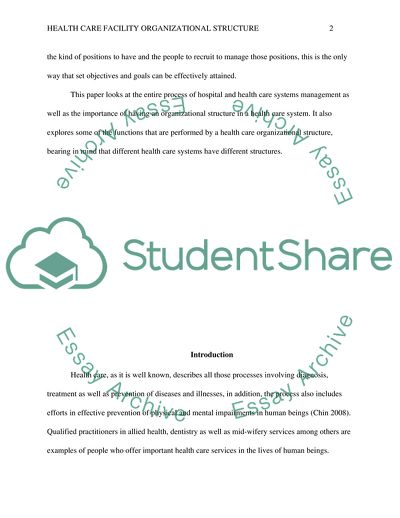Cite this document
(Health Care Facility Organizational Structure Research Paper, n.d.)
Health Care Facility Organizational Structure Research Paper. https://studentshare.org/health-sciences-medicine/1834059-home-care-and-hospiceor-evolution-of-electronic-health-records-or-hippa-privacy-or-health-care-reimbursement-systems-or-health-care-facility-organizational-structure
Health Care Facility Organizational Structure Research Paper. https://studentshare.org/health-sciences-medicine/1834059-home-care-and-hospiceor-evolution-of-electronic-health-records-or-hippa-privacy-or-health-care-reimbursement-systems-or-health-care-facility-organizational-structure
(Health Care Facility Organizational Structure Research Paper)
Health Care Facility Organizational Structure Research Paper. https://studentshare.org/health-sciences-medicine/1834059-home-care-and-hospiceor-evolution-of-electronic-health-records-or-hippa-privacy-or-health-care-reimbursement-systems-or-health-care-facility-organizational-structure.
Health Care Facility Organizational Structure Research Paper. https://studentshare.org/health-sciences-medicine/1834059-home-care-and-hospiceor-evolution-of-electronic-health-records-or-hippa-privacy-or-health-care-reimbursement-systems-or-health-care-facility-organizational-structure.
“Health Care Facility Organizational Structure Research Paper”. https://studentshare.org/health-sciences-medicine/1834059-home-care-and-hospiceor-evolution-of-electronic-health-records-or-hippa-privacy-or-health-care-reimbursement-systems-or-health-care-facility-organizational-structure.


